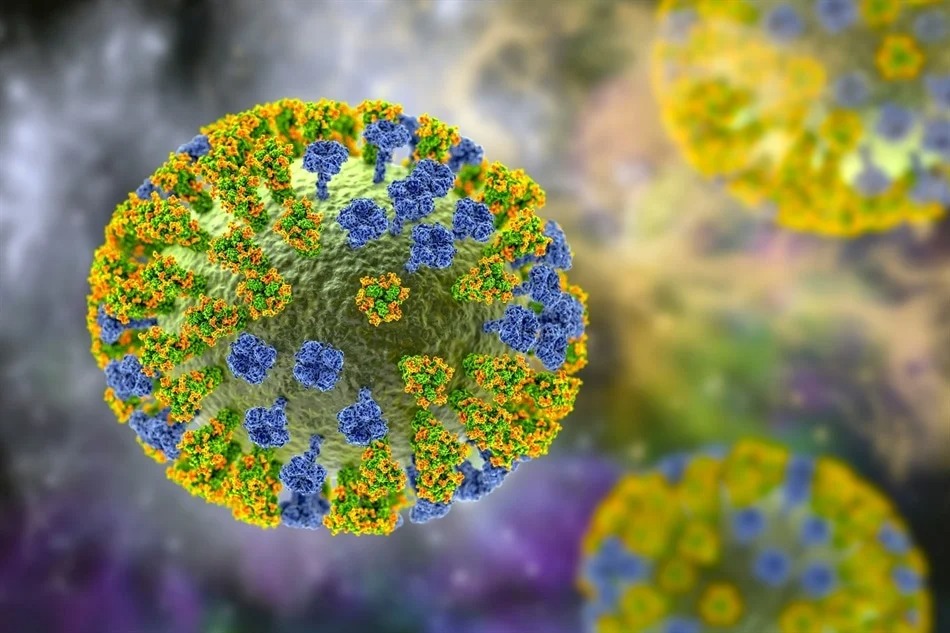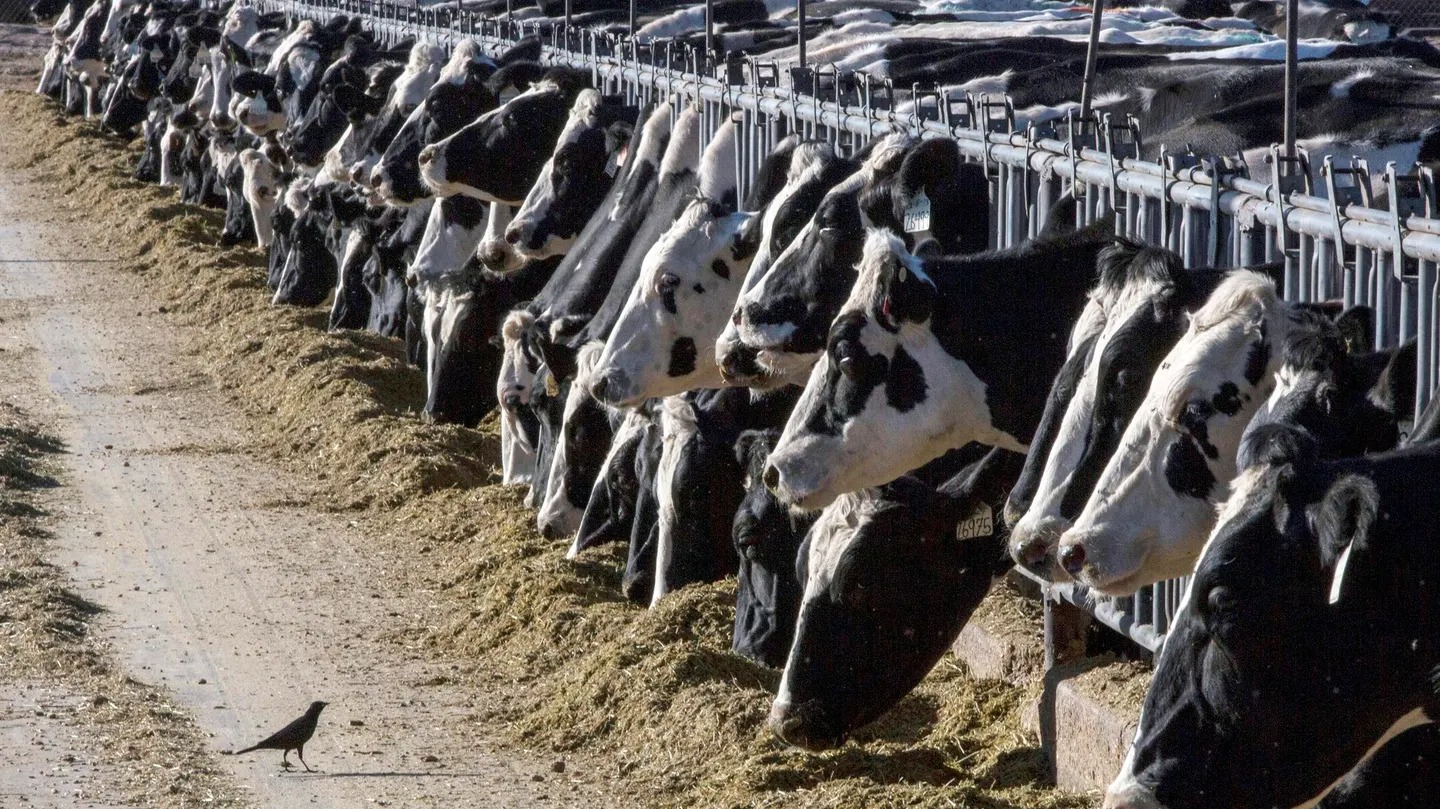United States: The virus, which has infected US cattle, is now also showing signs of presence in mammals, a dangerous signal indicating a potential risk to humans, according to experts.
Know more about the WHO Warning
The news was reported by the World Health Organization (WHO) chief scientist, Dr. Jeremy Farrar in his warning issued last week.
According to him, as per the new WHO’s definition for airborne pathogens, “We have to watch, more than watch, we have to make sure that if H5N1 did come across to humans with human-to-human transmission that we were in a position to immediately respond with access equitably to vaccines, therapeutics and diagnostics,” as the US news reported.
In the rare case scenarios, the virus H5N1 has the tendency to infect humans who continuously stay in close contact with the infected animals, which was the case in the recently held incidence, where a Texas cattleman, due to his close proximity with the infected dairy, cattle got contracted. However, so far the human-to-human commutation of the virus has been held a difficult occurance, as per the experts.

Farrar stated, “The great concern is that by infecting ducks, chickens, and now increasingly mammals, this virus may evolve and develop the ability to infect humans, and critically, to transmit from human to human.”
According to WHO reports, there have been 889 known cases of human avian flu infection worldwide since 2003, with 463, or 52 percent, resulting in death.
Dr. Richard Webby, who directs the WHO’s coordinating center for studies on the ecology of influenza, described the virus as “a really scary virus” and expressed concern over the increasing number of small mammals being infected, a trend not seen in the past 20 to 25 years of monitoring.
H5N1’s Current State
Experts note that the H5N1 strain has yet to acquire mutations that would enable it to transmit infections between humans, so “this virus has a significant hurdle to overcome to become a true human pathogen,” as reported by US news outlets.
Regarding a recent case of virus infection in Texas, where a human was diagnosed with the disease, the US Centers for Disease Control and Prevention (CDC) attributed the vulnerability to existing antiviral medications.
The infected individual showed minor symptoms and was isolated promptly. The CDC assessed the threat level to the public at that time as “low.”






